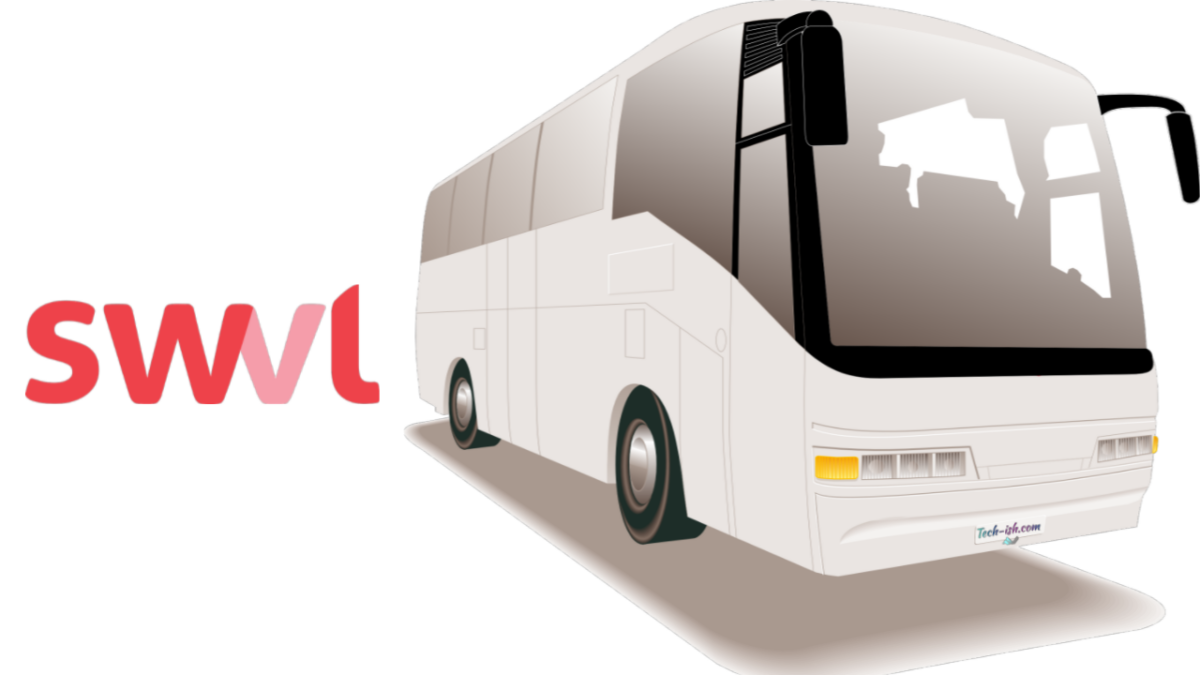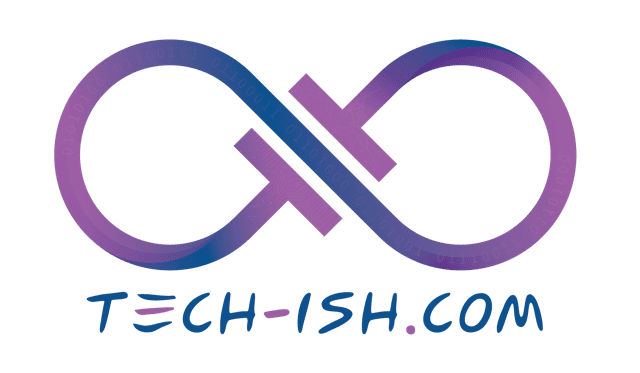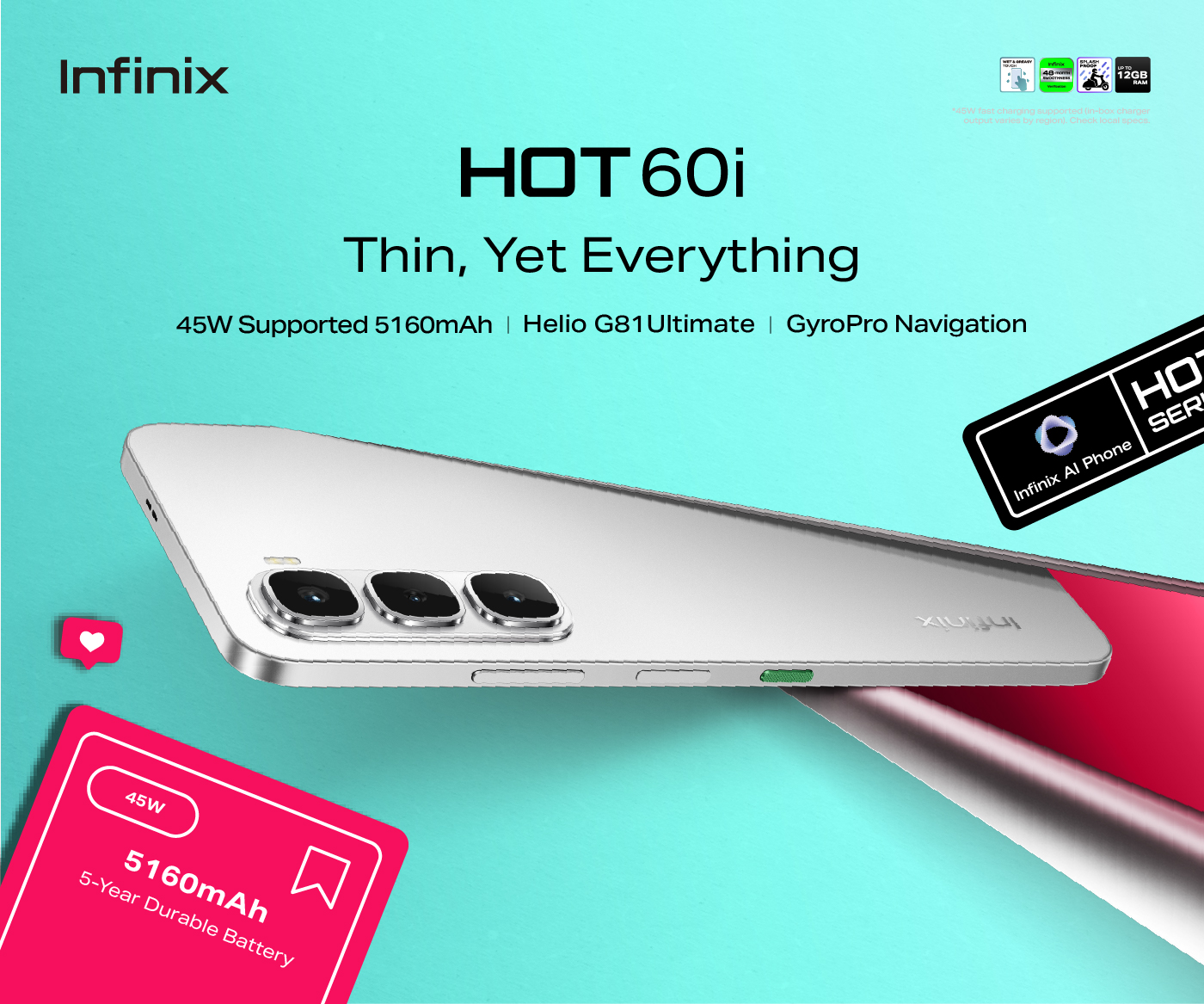
In July of 2019, after a significant period of using a new means of transport, I wrote about SWVL questioning if technology – finally – was the answer to the rowdiness of the matatu industry. I mentioned the unique and very clean buses used, the very strict adherence to time, the methods of payment and the routes plyed. Somewhere in the article I said, “Not only can the idea work, I think it has the potential to become much more.” Over one year later, there’s one question I keep asking myself: what the hell happened to SWVL?
If you can remember, there’s a time SWVL was everywhere. They had come in so well, and very many working Nairobians loved the model. It was a new approach that made everything simple, fast, clean, and reliable. Then out of seemingly nowhere, the government came in and starting October 2019, the NTSA suspended the company’s operations. At the same time, Craft Silicon’s Little called it quits for the Little Shuttle project. SWVL however, somehow, continued operating despite the suspension. I remember this was a period where my route driver kept avoiding police officers who would flag the buses randomly.
In the midst of that fiasco, or just before that NTSA ban, SWVL started partnering with matatu SACCOs. I saw it as a move to sort of meet rising demand. For example, on my route buses increased almost three fold. I shouldn’t say ‘buses‘, however, because we now began seeing 14-seater matatus from the different SACCOs. And this is where things became terrible. I wrote a ‘PART 2 Experience’ article complaining about things the company needed to work on. I listed:
- The awful app user experience – It would crash, refuse to show routes, refuse promo codes, and so many more frustrations.
- The Bus delays – The promise of being the on-time had been lost. You would stand at a bus stop and sometimes wait even for over an hour. That didn’t make sense at all.
- The new drivers/captains were terrible – I think in a rush to partner with SACCOs, they brought in drivers who didn’t care at all. These were the same matatu drivers we were meant to be avoiding by opting for SWVL!
- The vehicles themselves also became terrible – instead of the clean coaster buses, now we had the same old matatus with limited space.
All in all, the promise of premium rides had been thrown out of the window. Sometimes the app would shift you to a particular time without notification. Sometimes you’d arrive home over 2hrs later than you would using a normal matatu. And I think this is where SWVL decided to try out long-distance travel.
Little had earlier on in August, before NTSA kicked them, out announced the “Longhaul” option which offered buses from Nairobi to Nakuru. In December 2019, SWVL announced SWVL Travel with Nairobi to Nakuru trips. This was painted as SWVL venturing into long-distance journeys – and there was the promise of more routes later on. But in actuality, as I concluded in my article on December 8th, SWVL had just extended its partnership with Matatu SACCOs. That’s why the SWVL Travel vans were the normal Prestige Matatu vehicles you’d find at Afya Centre.
By then SWVL had on-boarded Prestige, Metrotrans and a couple of other Matatu Saccos. On my usual Nairobi route, the morning and evening buses were all from Metrotrans. The day time vehicles were 14 seater matatus. The SWVL branding had been forgotten, only the app remained. What was happening now is that SWVL had become an app where you could book matatus for different routes.
Early this year, NTSA and SWVL finally sorted out their differences. NTSA said they “will look to work on updating the existing regulations to accommodate tech enablers providing transportation based solutions”. This was a good turnaround from the days when the authority had even called for the prosecution of SWVL’s CEO. It felt like there was finally an opening for SWVL to do everything it had originally planned on doing. But this was during the COVID lock-down, so we were all indoors. What stood out from the statement by SWVL after NTSA’s green light was this: The company said it will begin onboarding existing bus owners and public transport SACCOs, in their bid to benefit the entire ecosystem with a more inclusive approach.
After the lockdown was eased, SWVL slowly resumed operations. I’ve seen they’ve introduced dynamic pricing, and they still send out promo codes. However, on my route there are now no vehicles, so I’ve never used them. It is weird given this was one of their original routes. Perhaps it is that customers on this route were used to the original SWVL promise and we won’t like the changes, or maybe the new matatu partnerships SWVL has don’t ply this route. All in all, SWVL has changed – the original promise is long lost. Whether it is because Kenya’s government forced them to change so as to survive, or because they are after making money quick after pumping in over a billion shillings with investors impatient to see results, I don’t know.
Recently, SWVL has officially rolled out more routes to SWVL Travel. They now cover 12 destinations including Naivasha, Nakuru, Molo, Eldoret, Narok, Bomet, Kericho, Kisii, Kisumu, Nyeri, Nanyuki, and Machakos. And you can book a ride to all these destinations from the app with fixed timings, and fixed prices. The company has also introduced SWVL Premium which is a feature allowing different people to carpool. However, the driver of the vehicle needs a PSV licence – so it is already limited in functionality.
What are your thoughts on SWVL? And if you still use the service, how has your experience been like this year?


